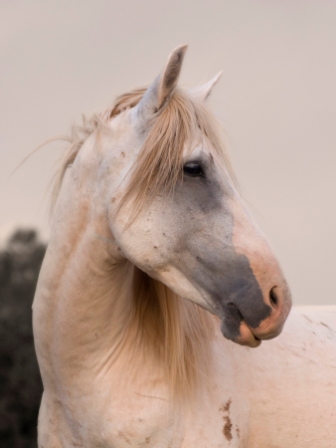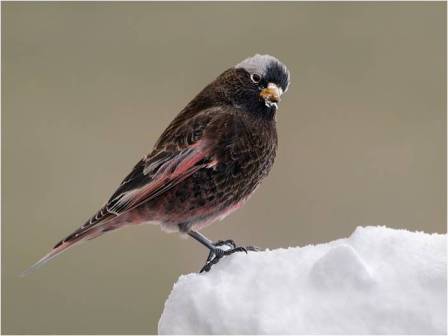Placitas horses rounded up

THE HIGHLY EMOTIONAL dispute over freeroaming horses in Placitas has reached a conclusion, of sorts. On July 16, the BLM issued an impound notice finding that all “unauthorized” horses on its lands would be “subject to impoundment, removal and disposition” at the hands of the New Mexico Livestock Board (NMLB). Typically, this means unclaimed horses end up at the Southwest Livestock Auction in Los Lunas, notorious for attracting “kill” bidders who have the animals butchered abroad for meat.
This appeared to be the fate of some ten horses rounded up and auctioned to a known “kill buyer.” However, the Placitas-based Wild Horse Observers Association (WHOA )— which has been at the forefront of the movement to protect the horses—along with a new advocacy group called Placitas Wild, succeeded in buying most of the horses back from the winning bidder.
Some 50 to 60 Placitas horses are now being cared for by Gary Miles of Placitas Animal Rescue, a WHOA advocate.
According to the Sandoval Signpost, tempers flared to such a point over the summer that a brawl broke out in one instance when Miles broke open a corral to free horses rounded up by a resident. Miles himself has impounded some 60 horses in the past year, the Signpost reported, presumably for adoption.
Drought has made the situation critical over the last two years as increasing numbers of free-roaming horses have trampled public lands and angered residents who complain of property damage and the hazard of horses on Highway 165. Horse defenders led by WHOA have twice gone to court, arguing that the horses are descendents of the Spanish mustangs and thus fall under the federal Wild and Free-Roaming Horses and Burros Act.
In July, Judge Valerie Huling of District Court in Bernalillo County disagreed with WHOA , ruling that the horses are livestock subject to estray impoundment under state law. Her decision cleared the way for the BLM to issue its impound notice. At the same time, angry residents had begun acting on their own, rounding up horses and calling the NMLB.
Horse advocates are reportedly working on establishing a sanctuary for the horses, together with nearby Indian Pueblos that are often cited as the original source of the problem. Meanwhile, the animals are in need of donations. A hay fund has been established at Dan’s Boots & Saddles (903 4th St. NW, Albuquerque). Monetary donations can be sent to Placitas Animal Rescue at P.O. Box 724, Placitas 87043.

